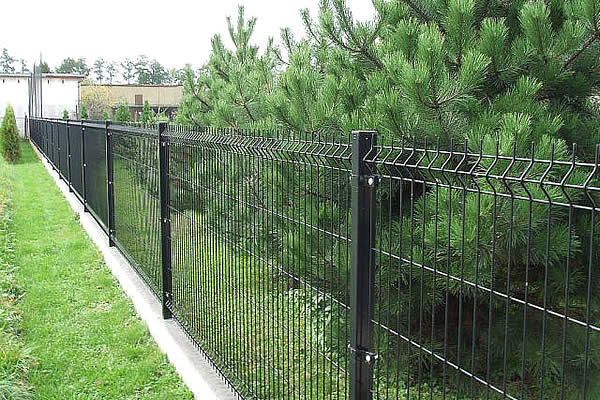 TEL:
+86-13102802206
TEL:
+86-13102802206
 Email:
fencenetting@china.com
Email:
fencenetting@china.com
 Language
Language
 TEL:
+86-13102802206
TEL:
+86-13102802206
 Email:
fencenetting@china.com
Email:
fencenetting@china.com
 Language
Language


The Role of Gabion Walls as Retaining Structures
In the realm of civil engineering and landscape architecture, retaining walls play a critical role in managing soil erosion, stabilizing slopes, and creating level surfaces in uneven terrains. Among the various types of retaining walls, gabion walls have gained significant popularity due to their durability, versatility, and ecological advantages. This article explores the concept of gabion walls as retaining structures, emphasizing their construction, benefits, and applications.
The Role of Gabion Walls as Retaining Structures
One of the primary benefits of gabion walls is their ability to manage water runoff. The porous nature of the filled cages allows water to seep through, reducing hydrostatic pressure behind the wall. This characteristic helps prevent water accumulation, which can lead to soil erosion and wall failure. As a result, gabion walls are often employed in areas prone to flooding or heavy rainfall, providing an effective solution to mitigate water-related issues while enhancing the landscape's stability.

Gabion walls are also highly adaptable to different environmental conditions. They can be easily shaped to conform to the natural contours of the land, making them suitable for both steep slopes and flat terrain. This adaptability is particularly beneficial in restoration projects or areas where space is limited. Furthermore, since the materials used in gabion walls can vary, they can be engineered to meet specific aesthetic and functional requirements, enhancing their appeal in urban and rural settings.
Another advantage of gabion retaining walls is their minimal environmental impact. The use of locally sourced stones reduces transportation emissions, and the installation process often requires less machinery and energy compared to traditional concrete retaining walls. Additionally, gabion walls promote biodiversity by providing habitats for various plant species and small animals. Over time, vegetation can grow within the stone-filled cages, further improving the wall's stability and integrating it into the natural landscape.
While gabion walls are robust and have many advantages, they are not without limitations. It is crucial to consider factors such as soil type, wall height, and local climate conditions when designing a gabion wall. Professional guidance is often recommended to ensure that the wall can adequately support the desired load and withstand environmental stresses.
In conclusion, gabion walls serve as a practical and aesthetically pleasing solution for retaining structures in diverse applications. Their ability to manage water, adaptability to different terrains, and minimal environmental impact make them an ideal choice for both civil engineering and landscaping projects. As the world continues to face challenges related to climate change and urbanization, the application of gabion walls offers a sustainable approach to soil stabilization and erosion control, making them a valuable asset in modern construction practices.